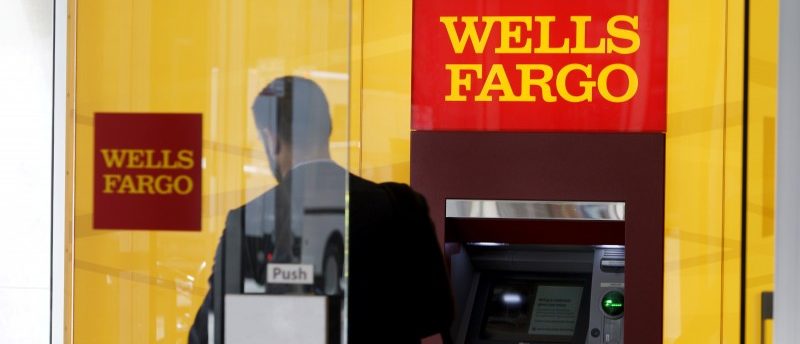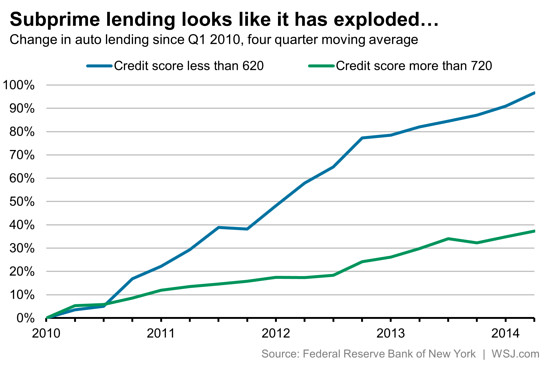

The most common reason for default is failure to make payments on time or failure to maintain required insurance on a vehicle. Default is the failure to abide by the terms of a loan agreement.A consumer's credit score may be used to help decide the rate and other terms of the loan offered. The better a consumer's history of credit, the higher the credit score. Credit score, is a number that reflects a consumer's present credit risk based on information in a consumer's credit report.A credit report will include the credit score, address, payment history, bankruptcy filing, and public records. Credit report, contains the consumer's credit score and additional information used to make credit decisions.The cost of optional credit insurance must be disclosed in writing and agreed to in the motor vehicle loan contract. Credit insurance, is optional insurance that will pay the remaining balance if the consumer dies or becomes disabled.Assignee, is the bank, credit union, or finance company that buys the contract from the dealer.Amount financed, is the dollar amount of the credit a borrower is provided.
Car loans with defaults full#
For example, motor vehicle contracts may require full auto insurance coverage as a condition of credit. Insurance and other contract requirements, must be truthfully disclosed in the contract.
Common examples of default conditions include failure to maintain adequate insurance coverage or being 10 or more days late on an agreed upon payment. All conditions that trigger a default must be explained in the contract. Default of contract conditions, include any breach of contract. According to Massachusetts General Laws Chapter 255B § 11, the late payment fee must be lesser than $5 or 5% of the late payment.  Late fees, must be explained in the contract. There are no limitations on finance charges long as finance charges are truthfully disclosed on the contract. Finance charge, is any charge required to be paid as a term of the loan, which may include interest rate, application fees, filing fees, etc. This means the interest rate, with any additional finance charges added to it, may not be higher than 21% for an automobile. APR is capped at a maximum of 21% in Massachusetts. Annual Percentage Rate (APR), is the total average cost of the loan including all finance charges and the interest rate. Simple interest is determined by multiplying the interest rate by the principal by the number of payments. The most common way motor vehicle loan interest is calculated is by using the Simple Interest Method. Interest Rate, is the annual percentage you will pay based on the original amount (principal) of the loan. A servicer is generally not the same party as the loan originator or loan owner.Īll motor vehicle loan contracts should specifically outline the interest rate, annual percentage rate, finance charge, late fees, default of contract conditions, and insurance or other contract requirements. Servicers, are the entity conducting the process of billing and collecting loan payments. Subprime lending at buy here pay here dealers may carry high interest rates and fees. Buy Here Pay Here Dealers, tend to be small, used auto dealerships catering to the subprime credit market. Dealerships often are able to provide financing on the spot. Dealerships, often include a number of various licensed lenders to choose from. Non-Bank Lenders, including large auto dealers and small lenders targeting the sub-prime market, must be properly licensed by the Division of Banks. Banks and credit unions typically do not present a high pressure environment and may offer more competitive costs.
Late fees, must be explained in the contract. There are no limitations on finance charges long as finance charges are truthfully disclosed on the contract. Finance charge, is any charge required to be paid as a term of the loan, which may include interest rate, application fees, filing fees, etc. This means the interest rate, with any additional finance charges added to it, may not be higher than 21% for an automobile. APR is capped at a maximum of 21% in Massachusetts. Annual Percentage Rate (APR), is the total average cost of the loan including all finance charges and the interest rate. Simple interest is determined by multiplying the interest rate by the principal by the number of payments. The most common way motor vehicle loan interest is calculated is by using the Simple Interest Method. Interest Rate, is the annual percentage you will pay based on the original amount (principal) of the loan. A servicer is generally not the same party as the loan originator or loan owner.Īll motor vehicle loan contracts should specifically outline the interest rate, annual percentage rate, finance charge, late fees, default of contract conditions, and insurance or other contract requirements. Servicers, are the entity conducting the process of billing and collecting loan payments. Subprime lending at buy here pay here dealers may carry high interest rates and fees. Buy Here Pay Here Dealers, tend to be small, used auto dealerships catering to the subprime credit market. Dealerships often are able to provide financing on the spot. Dealerships, often include a number of various licensed lenders to choose from. Non-Bank Lenders, including large auto dealers and small lenders targeting the sub-prime market, must be properly licensed by the Division of Banks. Banks and credit unions typically do not present a high pressure environment and may offer more competitive costs. 
The DOB encourages you to consult with your financial institution during the process of shopping for an auto loan or during the pre-approval stage. Banks and credit unions, including both state and federally chartered banks and credit unions, will generally offer auto loans.







 0 kommentar(er)
0 kommentar(er)
